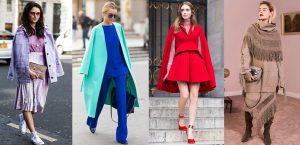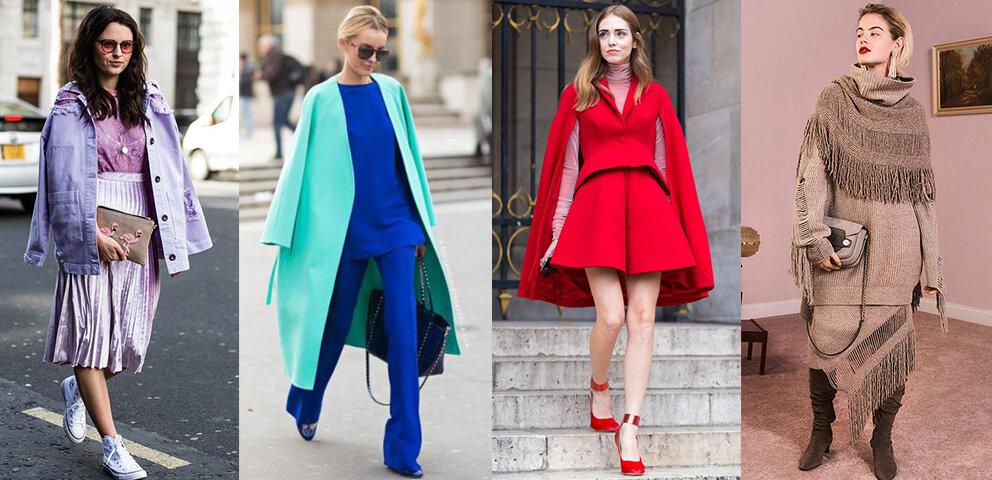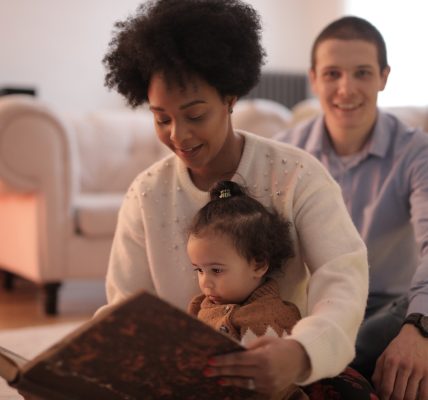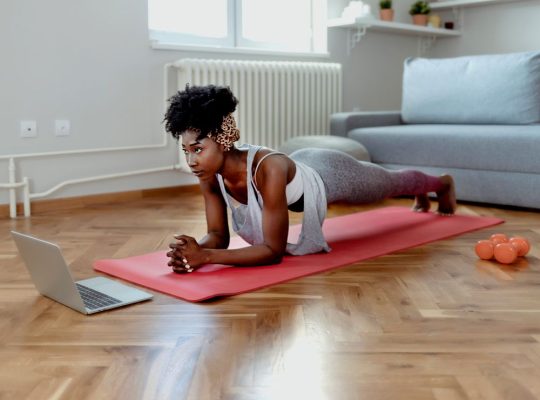When it comes to fashion, colors play a significant role in determining our overall style and look. The art of pairing colors can truly make or break an outfit, but don’t worry! I’m here to guide you through the wonderful world of color theory in fashion, so you can confidently elevate your style game.

Understanding color theory is like having a secret tool in your fashion arsenal. It allows you to create visually appealing combinations that enhance your features and reflect your mood or personality. By adopting a few basic principles, you can effortlessly create stunning and harmonious outfits that turn heads wherever you go.
Let’s start by exploring the color wheel, a fundamental tool used in color theory. The color wheel is a circular diagram that displays the primary, secondary, and tertiary colors. Understanding how colors interact and relate to one another on the wheel is the first step in mastering color coordination.
Complementary colors are those positioned opposite to each other on the color wheel. The contrast between these colors creates a visually striking effect and can add a bold statement to your outfit. For instance, pairing a rich navy blue top with mustard yellow pants can make a powerful fashion statement. Complementary colors, when worn together, complement and enhance each other, creating outfits with a vibrant and eye-catching appeal.
Analogous colors, on the other hand, are located next to each other on the color wheel. These colors harmonize and create a softer and more subtle effect when worn together. For example, combining different shades of blue, such as navy, denim, and sky blue, can create a serene and cohesive look. Analogous color combinations are ideal for creating an elegant and sophisticated style that exudes a sense of unity and balance.
To add depth and dimension to your outfit, consider using a color palette that incorporates shades, tints, and tones of a particular color. Shades are created by adding black to a base color, resulting in a richer and darker hue. Tints, on the other hand, are obtained by adding white to a color, resulting in a lighter and softer tone. Lastly, tones are created by adding gray to a color, resulting in a more subdued and muted shade. By incorporating multiple variations of a color, you can create a visually interesting and cohesive look that is far from monotonous.
It’s also essential to understand the concept of warm and cool colors. Warm colors, such as reds, yellows, and oranges, evoke feelings of energy, enthusiasm, and vibrancy. They can make a statement and draw attention to specific parts of your outfit. On the contrary, cool colors, including blues, greens, and purples, create a more calming and soothing effect. They can be used to create a sense of tranquility, especially when worn during warmer seasons.
Beyond the colors themselves, it’s crucial to consider the context and occasion when choosing color combinations. For formal events or professional settings, it’s generally recommended to opt for more muted and classic color combinations. Neutral colors like black, white, gray, and beige are timeless choices that exude elegance and sophistication. However, don’t be afraid to add a pop of color through accessories like a vibrant handbag or statement shoes to inject your personality into the outfit.
For more casual and playful occasions, you can experiment with bolder and more vibrant color combinations. Mixing different shades of the same color family, known as a monochromatic look, can create a trendy and chic appearance. For instance, pairing a baby pink top with a fuchsia skirt and dark pink heels creates a stylish and cohesive outfit that showcases your fashion-forwardness.
Remember, fashion is all about self-expression and having fun. While color theory provides a solid foundation, don’t be afraid to break the rules and experiment with unexpected color pairings. Ultimately, it’s about finding what makes you feel confident and comfortable in your own skin.
Lastly, personal style is subjective, and there are no hard and fast rules when it comes to fashion. So, use color theory as a guide, but ultimately trust your instinct and wear what makes you feel fabulous. Confidence is the key to making any color combination work, so step out of your comfort zone and embrace the wonderful world of color in fashion!











